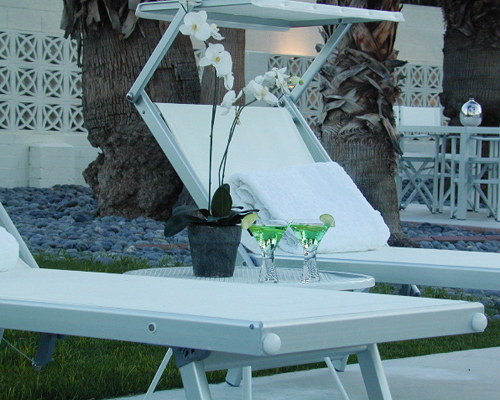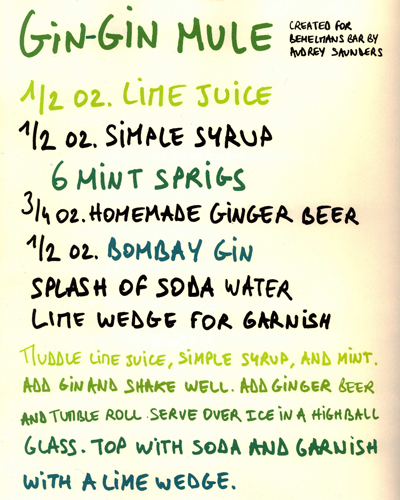
Jimmy Schmidt at Morgan's. Photo by David Lansing.
God I get distracted easily. One minute I’m telling you about this dinner I had last Saturday night (or, at least, that’s what I meant to do) and the next I’m going on and on about Frank Capra. How’d that happen? I think I know. I was talking about the guy that built La Quinta, Walter Morgan, and that somehow led to Frank Capra.
Anyway, the reason I was talking about Walter Morgan is because I had dinner in La Quinta’s new restaurant, Morgan’s in the Desert, which is named, of course, after the founder of the resort. (And not to get distracted again, but just to tidy up some business: I mentioned that Walter Morgan opened La Quinta in December 1926 but I never told you what happened to him. It wasn’t good. After the stock market crashed in 1929, business went south. In April of 1931, Morgan committed suicide. His ashes were spread over the date groves and flower gardens, and the hotel was closed.)
So back to Morgan’s in the Desert (not Morgan’s ashes in the desert). I was walking around Saturday afternoon, looking for Frank Capra’s old casita, and ended up at Morgan’s. They weren’t really open but the front door was unlocked so I decided to have a peek inside. I hadn’t got three feet inside the dining room when this guy comes out of nowhere wondering if he can help me. I explained to him that I was going to have dinner that evening and just wanted a quick look around, sorry for the intrusion, etc., etc.
“Not a problem,” he says. “Let me give you a tour.”
Well, the guy turns out to be the executive chef, Jimmy Schmidt and I have to say he’s got to be one of the most personable chefs I’ve ever met (frankly, my observation is that most chefs don’t have much personality, although there are exceptions).
He told me how the old La Quinta restaurant, Azure, was closed in 2008 after a kitchen fire (“Just as well; the place needed a major overhaul”) and how he was brought over from the Rattlesnake restaurant at the Classic Club in Palm Desert “to do things right.”
Later that night, I came back for dinner. The place was jumping. So much so that I had to elbow my way in at the bar to get a drink while waiting for my table. But, man, what a meal. I told my waiter to just bring me whatever Jimmy thought was best and I was not disappointed.
Schmidt, who is a big proponent of using local products whenever possible, served me a series of small plates beginning with some wedges of heirloom tomatoes from the Coachella Valley (yes, tomatoes are in season; at least they are out here in the desert) served with baby arugula and sweet basil, also local, followed by an ahi tuna and tangerine salad whose signature is a dressing made with Aleppo chile pepper sea salt and a cold-pressed citrus-infused olive oil made locally. The olive oil was amazing. So much so that I popped for the $20 to buy a 12-oz. bottle of the stuff in the gift shop the next day. It’ll be worth it, I’m sure.
The ahi tartare was followed by a roasted spiny Santa Barbara lobster and a porcini crusted Angus filet (I know I didn’t need both, but I wanted to sample them, so what the hell). And then an artisan cheese plate with some yummy California goodies like Mt Tam, a buttery triple cream from Cowgirl Creamery in Point Reyes, and Humboldt Fog, a tangy goat cheese with a flat line of blue through the middle, from Cypress Grove Chevre.
As I was finishing up the cheese, Jimmy came out from the kitchen and asked me what I thought. I had to tell him the truth: It was the best damn meal I’ve ever had in the desert.







Recent Comments